A Grisly Discovery in Atlas
In the spring of 1932, the quiet Atlas neighborhood of Stockholm, nestled in the Vasastan district, became the stage for one of Sweden’s most chilling unsolved crimes. On May 4, Lilly Lindeström, a 32-year-old sex worker, was found dead in her modest apartment near Sankt Eriksplan. Her friend and downstairs neighbor, Minnie Jansson, grew concerned after not seeing Lilly for several days. Minnie, also a sex worker, recalled Lilly borrowing condoms from her around 9 p.m. a few nights prior, suggesting she was with a client. When Lilly failed to reappear, Minnie alerted the Stockholm police, who forced entry into the apartment. What they uncovered was horrifying: Lilly’s naked body lay face-down on her bed, her clothes neatly folded on a nearby chair. She had been dead for two to three days, killed by multiple blows to the head with a blunt object. Most disturbingly, her body was almost entirely drained of blood, with a blood-stained gravy ladle found at the scene, leading police to suspect the killer used it to consume her blood. This macabre detail earned the unknown perpetrator the moniker “Atlas Vampire.”
The crime scene was rich with physical evidence—saliva on Lilly’s neck and body, semen in a condom found protruding from her anus, and fingerprints on the ladle—but forensic technology in 1932 was limited. DNA testing wouldn’t exist for decades, rendering these clues useless at the time. The absence of blood in the apartment raised questions: how was such a large volume removed without leaving a trace? No puncture wounds or cuts were reported, deepening the mystery. The police interviewed nine of Lilly’s regular clients, but no suspect emerged. The lack of witnesses, despite the apartment’s location in a populated building, added to the enigma. The Stockholm Police Museum now displays evidence from the case, including a schematic of Lilly’s apartment and items like condom wrappers, preserving the chilling legacy of this unsolved murder.
Shadows of Suspicion
Lilly Lindeström’s life as a sex worker in 1932 Stockholm placed her in a vulnerable position. Prostitution was illegal, and the Great Depression had left few job opportunities for women, forcing many like Lilly to rely on their trade for survival. Known as “the call girl” because she had one of the few telephones in her building, Lilly used it to arrange client meetings, suggesting a level of discretion uncommon for street-based sex work. This detail led investigators to focus on her clientele, hypothesizing that her killer was likely a regular or someone she trusted enough to invite into her home. One client, known only as “The Scientist,” was mentioned in later accounts, but no records confirm his identity or involvement. Speculation also swirled about Lilly’s ex-husband, though no evidence suggests police pursued him as a suspect. The absence of robbery or missing items ruled out financial motives, pointing to a personal or ritualistic act.
The “vampire” angle captivated the public and media, fueled by the blood-draining aspect and the ladle’s grim implication. Some speculated the killer was inspired by folklore or had a psychological obsession with blood, akin to historical figures like Peter Kürten, the “Vampire of Düsseldorf,” executed in 1931. However, no similar crimes were reported in Stockholm, making it unlikely the Atlas Vampire was a serial offender. Theories ranged from a deranged client to a police officer covering their tracks, though the latter lacks substantiation. The case’s timing, coinciding with Valborgsmässoafton (Walpurgis Night), a Swedish festival with occult associations, led some to propose a ritualistic motive, but this remains speculative. The absence of a clear suspect or motive keeps the case alive in Swedish folklore, with modern true crime enthusiasts debating whether advanced DNA testing could finally identify the killer.
Enduring Enigma
The Atlas Vampire Murder remains one of Sweden’s most infamous cold cases, its unresolved nature amplified by the era’s investigative limitations. In 1932, forensic science was rudimentary, relying heavily on confessions or eyewitnesses. The wealth of biological evidence—hair, semen, saliva—would likely yield a suspect today, but much of it may have degraded or been mishandled over time. The Stockholm Police Museum’s display offers a glimpse into the case’s tangible remnants, drawing visitors intrigued by its macabre details. The case has inspired cultural works, including a 2007 instrumental track by Swedish musician Eric Malmberg titled “In Memory of Lilly Lindeström,” reflecting its lasting impact. For those visiting Stockholm, the Atlas neighborhood, now a vibrant area with Neo-Renaissance architecture, bears little resemblance to its 1932 industrial past, but the murder’s shadow lingers.
The mystery endures because it defies explanation. How could someone drain nearly five liters of blood without leaving a mess? Why was the ladle left behind, and was it truly used to drink Lilly’s blood? The lack of answers fuels speculation, from rational theories of a calculated killer to fringe ideas of a supernatural predator. Unlike other Swedish mysteries, such as the 1986 assassination of Prime Minister Olof Palme, the Atlas Vampire case lacks political or social context, making it a singularly bizarre anomaly. Unsolvedx.com aims to be your go-to source for such enigmas, and we invite readers to explore the Atlas neighborhood’s history or visit the Stockholm Police Museum for a deeper dive into this haunting case. With modern forensic advancements, there’s faint hope that re-examining the evidence could unmask the Atlas Vampire, but for now, Lilly Lindeström’s killer remains a phantom in Stockholm’s history.


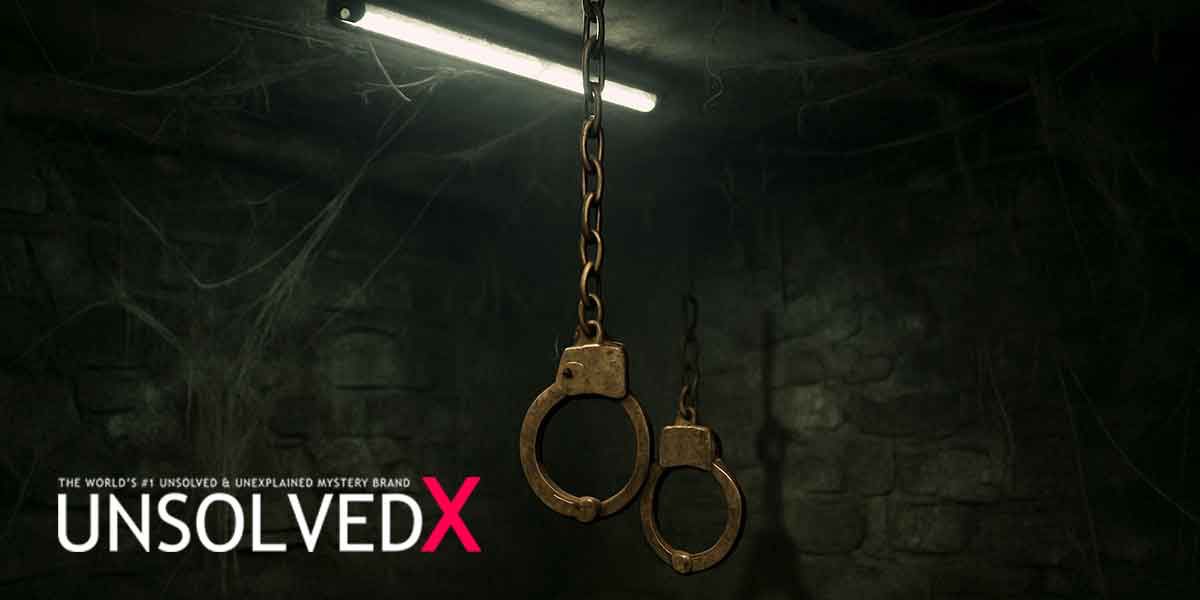
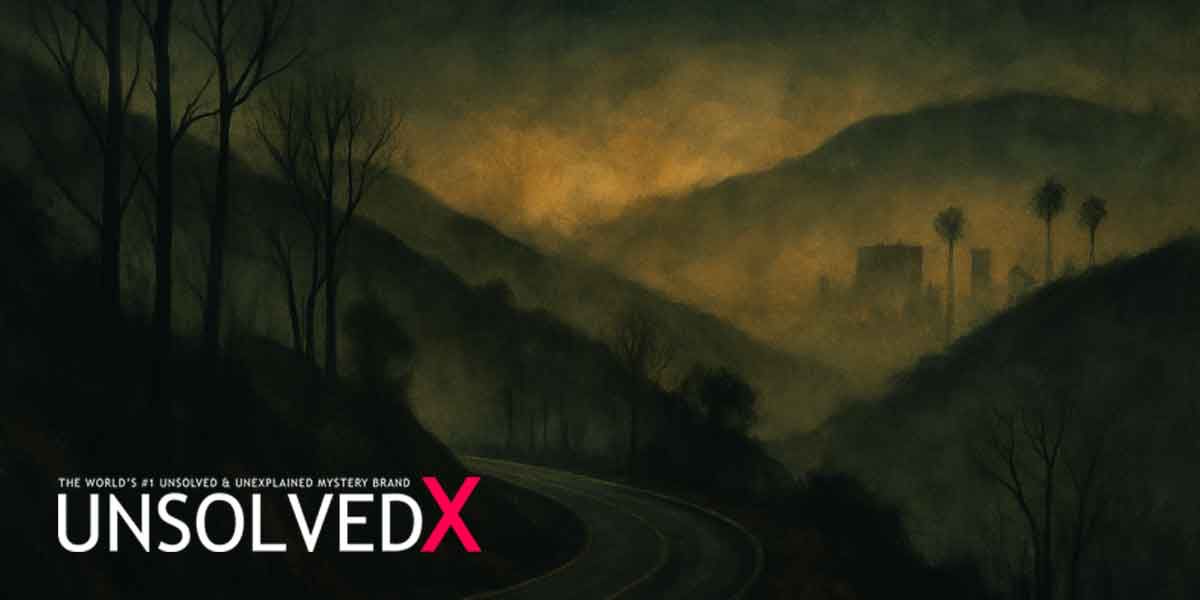

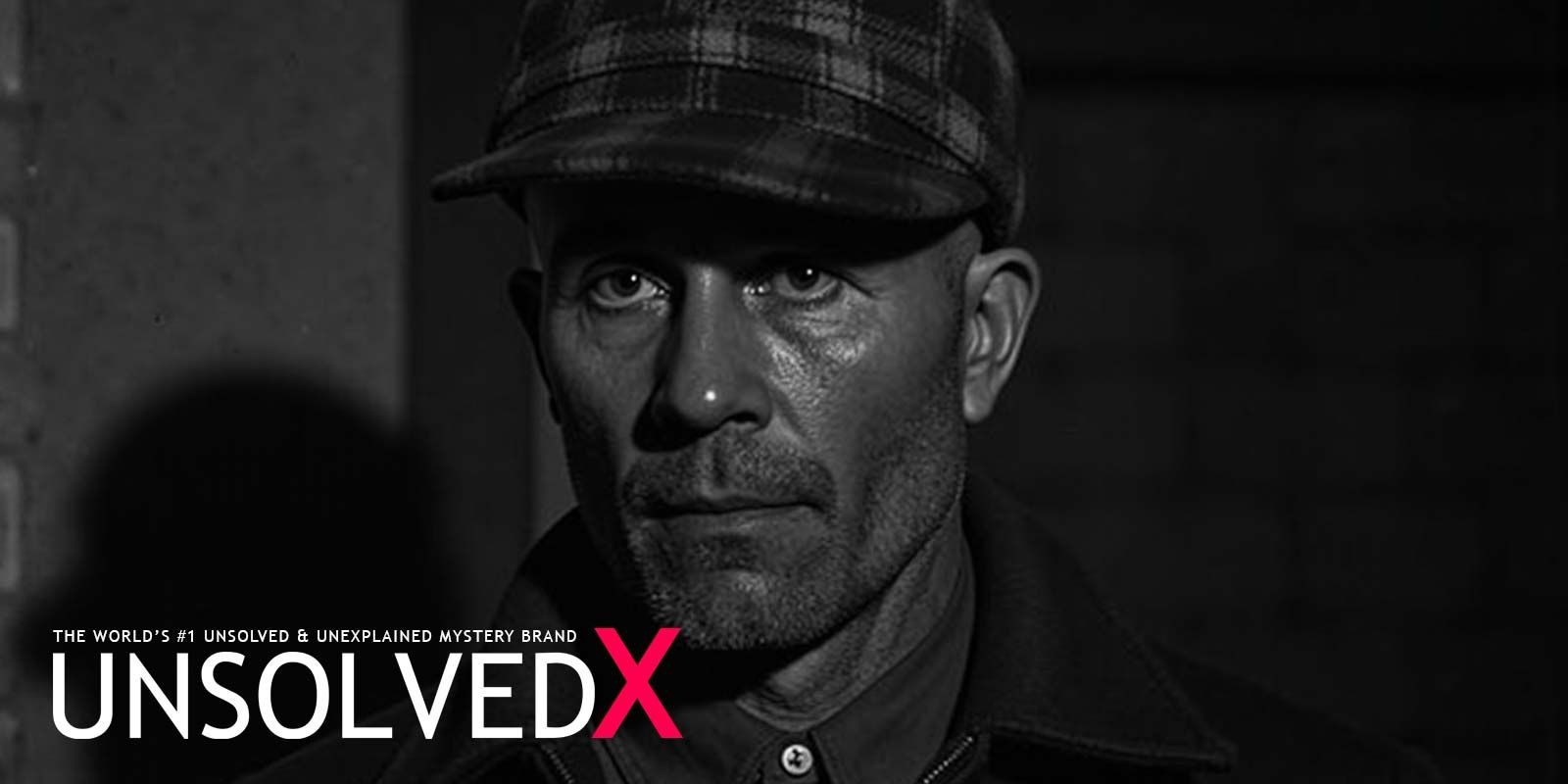
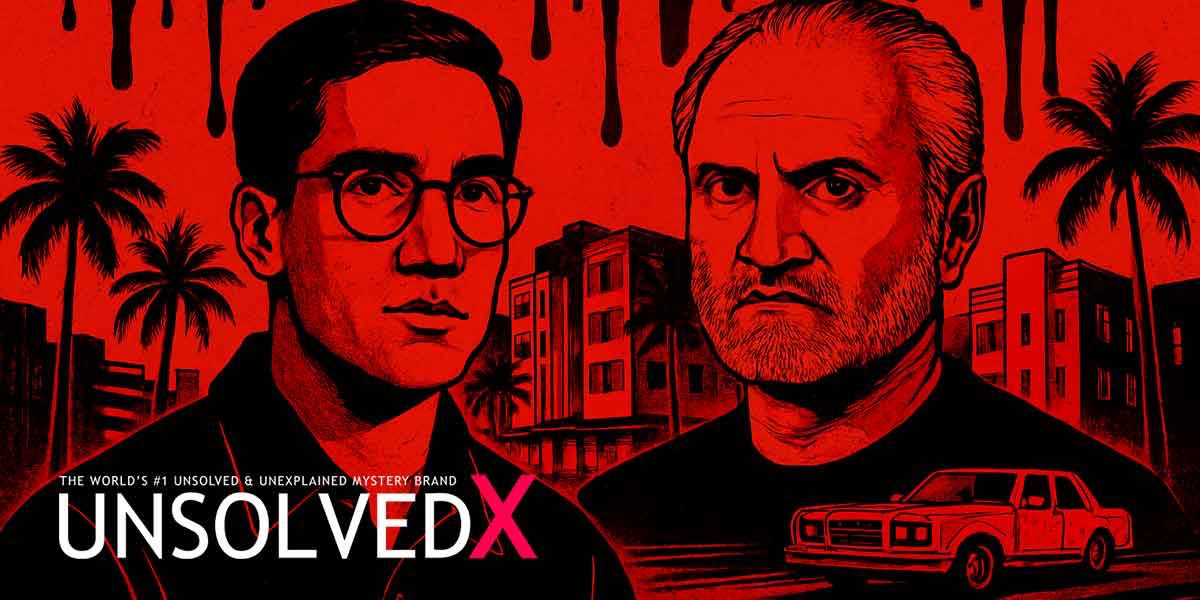


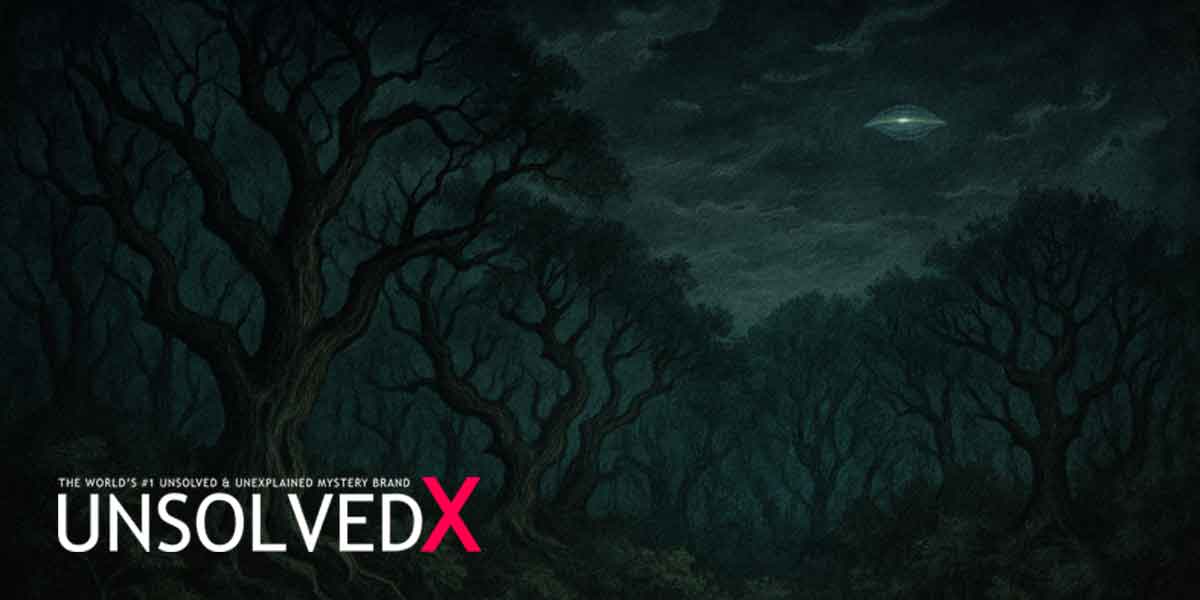
Comments
Comments section coming soon!